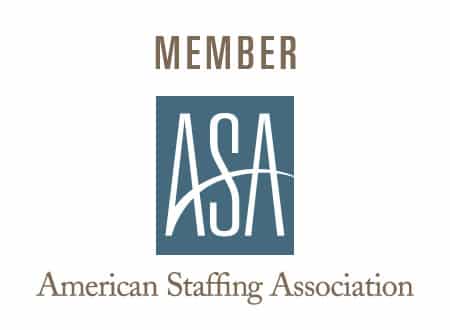Do you offer flexible work options to your employees? Does it really matter? Take a look at what two recent studies showed about the prevalence and importance of workplace flexibility.
The first, a recent Survey on Workplace Flexibility from WorldatWork, found that:
- The vast majority (98 percent) of U.S. employers offer at least one workplace flexibility program.
- The most prevalent programs include flex-time (flexible start/stop times), part-time schedules and teleworking on an ad hoc basis (to meet a repair person, care for a sick child, etc.).
- The way these programs are administered varies. Nearly 60 percent of these companies take an informal approach to the concept – leaving program development and administration up to managers’ discretion, or offering flexible work options without written policies or forms.
- Furthermore, most U.S. organizations (79 percent) that offer flexibility programs do not provide training to the managers of employees using these programs.
This study also found that:
- A stronger culture of flexibility correlates with a lower voluntary turnover rate.
- A majority of employers report that workplace flexibility positively impacts employee satisfaction, motivation and engagement.
The second report, Workplace Flexibility and Low-Wage Employees, was released in February 2011. This report analyzed data from the nonprofit Families and Work Institute’s National Study of the Changing Workforce. For the purposes of this study, low-wage employees were defined as those earning less than $12.82 per hour (which accounts for a little more than one-third of the U.S. workforce). Here are some of the key findings:
- Workplace flexibility correlates positively with: overall job satisfaction, degree of engagement, degree to which home life interferes with job performance, physical health, mental health and likelihood of remaining with current employer. The prevalence of each of these outcomes is higher (regardless of income) when employers offer more workplace flexibility.
- Regardless of wages earned, workers are equally pressed for time in their personal lives – and place equal value on having a flexible workplace.
- Low-wage employees are just as likely to have responsibilities for children and elders. But because they have fewer financial resources to meet these responsibilities, having job flexibility may be even more important.
What can we learn from these studies?
- Workplace flexibility produces a host of benefits, including increased employee engagement, satisfaction, motivation, retention and productivity.
- A comprehensive workplace flexibility program can be an effective recruiting and retention tool, providing a real source of competitive advantage for your company. Offering flexibility options that matter to employees, and featuring those options when recruiting talent, can help you distinguish your company as an employer-of-choice.
- When it comes to workplace flexibility, it’s not about the quantity or formality of the programs you offer. It’s about how well supported and implemented those programs are across your organization. To be successful, managers must understand the real value these programs bring and be properly trained to administer them.
- Workplace flexibility is here to stay. As organizations continue to evolve, workplace flexibility will eventually become the new normal – an accepted and expected part of how all organizations operate.
Wood Personnel understands the important role workplace flexibility plays in your organization. We provide temporary, temporary-to-hire and contract staff to increase flexibility for your employees and ensure your work gets done. What can we do for you? Contact us today.


